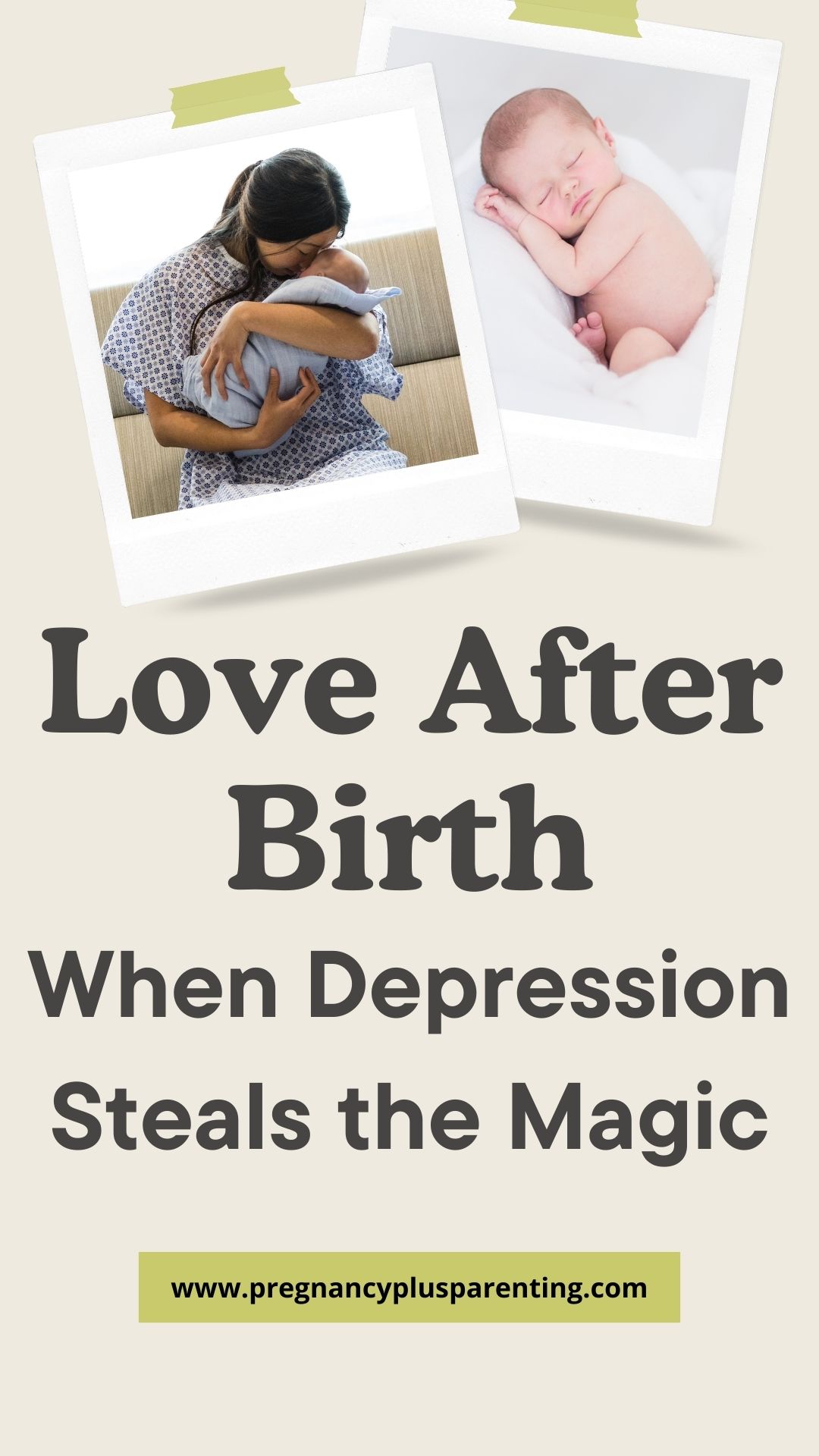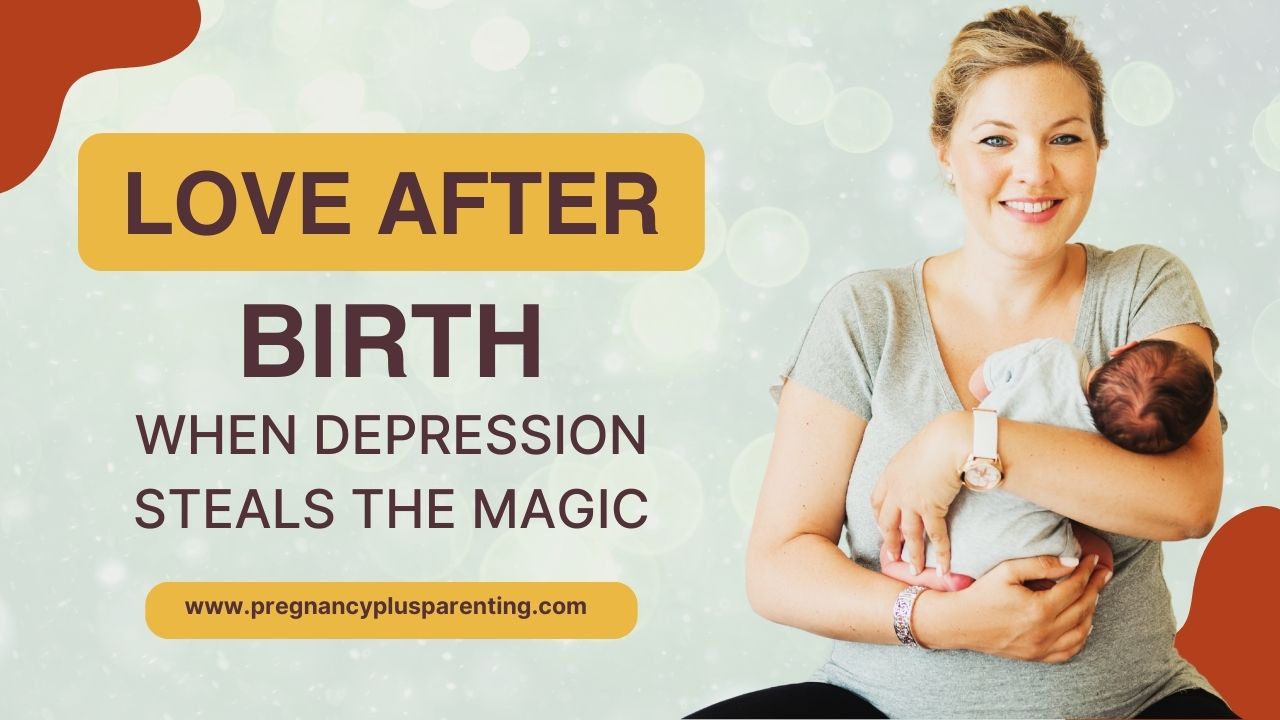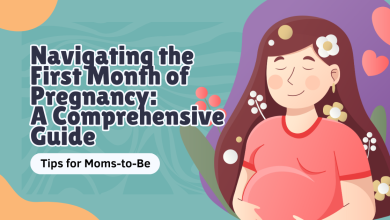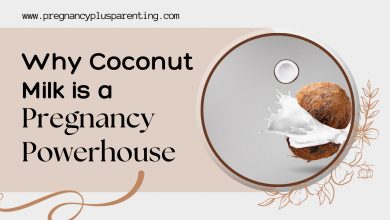Love After Birth – When Depression Steals the Magic
Love without end and great happiness – that is the image that most people have of young mothers after giving birth.
But the first few weeks with a baby don’t always resemble this romantic idea. Baby blues, postpartum depression, or even postpartum depression – many women have great difficulty adjusting to their new role after giving birth.
Celebrities such as singer Adele, Hollywood stars Hayden Panettiere and Gwyneth Paltrow, and even Victoria Beckham are now speaking openly about how, instead of happiness, they felt only darkness and despair when they became mothers.
Baby blues or postpartum depression?
Approximately 20 to 25% of new mothers suffer from the so-called baby blues. This depressive mood usually occurs between the third and fifth day after birth and disappears on its own within a few days.
The situation is different when mood swings, exhaustion, deep sadness, and insomnia persist over a longer period of time. Sometimes, new mothers are also unable to bond with their baby, are terrified of not being a good mother, or that something might happen to their child. In this case, it’s called postpartum depression, and these women need professional help.
Postpartum depression does not always appear immediately after delivery. About 6 percent of new mothers develop it in the first 12 weeks after birth, and another 5 to 10 percent develop the condition during the first year.
Book tip: Only love is missing
Although postpartum depression is relatively common, it’s a taboo subject for many people. As a result, many young mothers try to maintain an outward image of perfect happiness, while in reality, their condition is getting worse.
In her book “ Only love is missing – About depression after childbirth and mothers who had to find their happiness first *”, journalist Petra Wiegers tells the stories of four women who suffered from postpartum depression.
There’s Mavi, the perfect housewife, who, after the birth of her third child, is overwhelmed by her own demands and thus slides into depression. Career woman Isabel, who quickly realizes that she can’t quite reconcile herself with the traditional role of mother. Sarah tries to create her girlhood dream of the perfect family and almost destroys herself. And successful surgeon Charlotte suffers from anxiety and panic attacks after the birth of twins.
With great empathy, Petra Wiegers describes the stories of the four different women and how they finally succeed in making their lives worth living again, even though this was a difficult path.
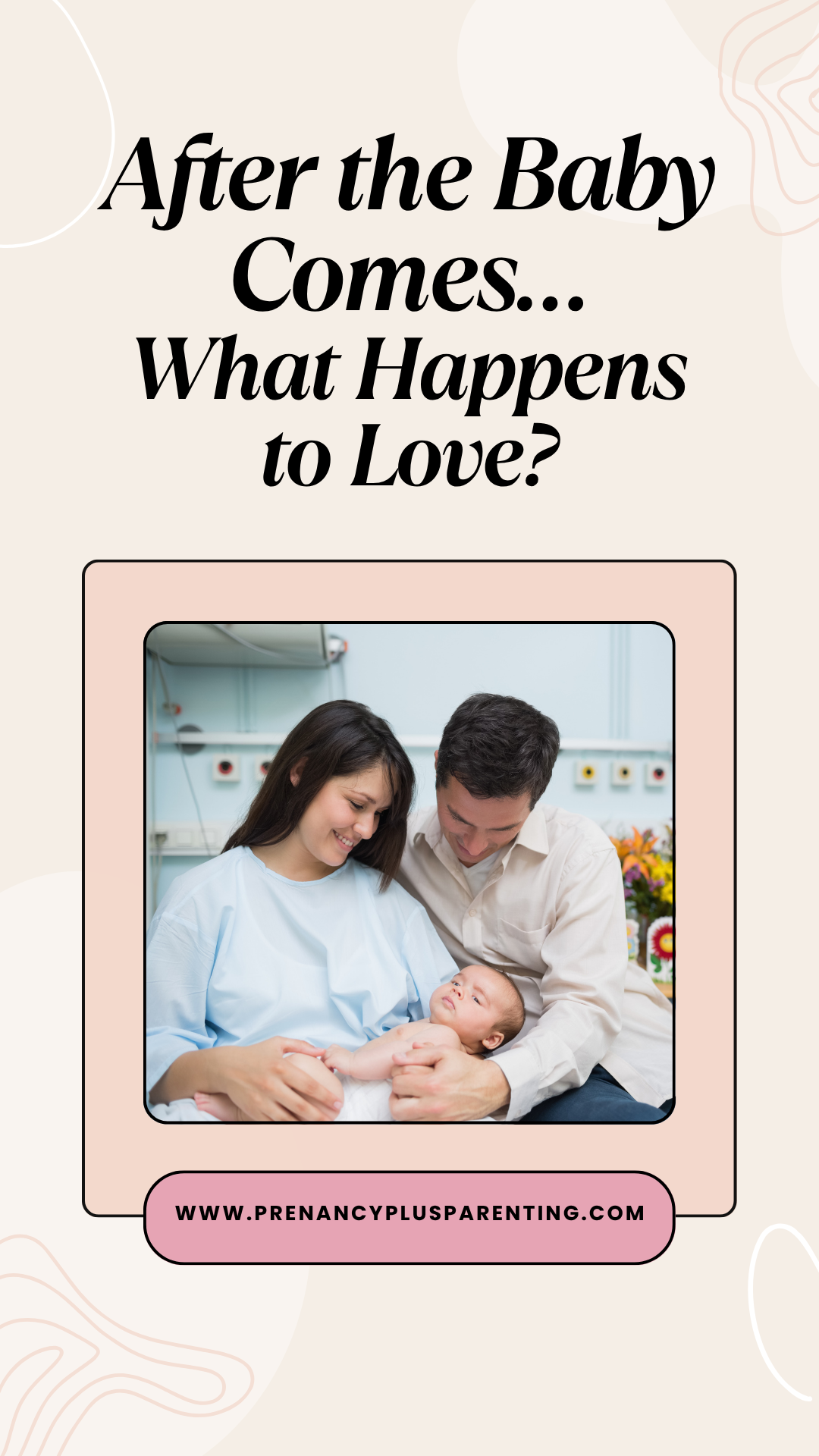
There is a nice excerpt from a reading with Petra Wiegers on vimeo:
Help with postpartum depression
In addition to the stories, physician and psychotherapist Dr. Susanne Simen sheds light on the development of the four women and the causes of their illness. She explains the importance of providing mothers with psychotherapeutic treatment as quickly as possible, often supported by medication. At the same time, the relationship between mother and child is carefully fostered, and it is often necessary for family members such as partners, children, and possibly even parents or in-laws to receive support.
Further information on postpartum depression is available from the Licht und Schatten association, among others. In urgent cases, the emergency chaplaincy service also provides assistance by telephone.
Info: The term “postnatal depression” is often used instead of “postpartum depression.” This describes the same condition, but is not entirely linguistically correct. Postpartum (Latin: partus , birth, delivery) refers to the condition after childbirth. Postnatal refers to the newborn (Latin: natus , born), but the depression naturally occurs in the mother.
